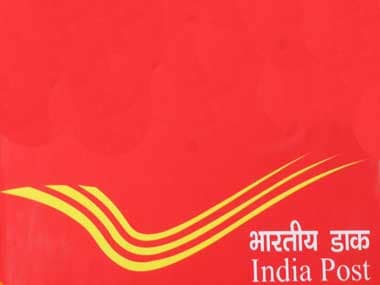(This is an updated version of an earlier story) Of the 11 companies that were given in-principle nod by the Reserve Bank of India (RBI) to set up payments banks in August, 2015, three – Tech Mahindra, Cholamandalam Finance and Dilip Shanghvi-IDFC Bank-Telenor JV, have already dropped out. This leaves only eight applicants in the list — India Post, Airtel Money, Reliance Industries, Vijay Shekhar Sharma, Aditya Birla Nuvo, Vodafone MPesa, Fino PayTech and NSDL.  Why are firms shying away from their plans on payments banks? The reason is simple. Unlike regular banks, which typically do business for interest earnings from the lending business using deposit money, these entities do not have the liberty to lend. Payments bank have to primarily survive on fee-income since 75 percent of their deposits need to be mandatorily invested in government bonds with maturity up to a year. Also, payments banks can only accept deposits up to Rs 1 lakh. To get deposits, competing with regular banks which offer up to 7 percent return on their savings deposits, payments banks will have to offer aggressive rates. However, since payments banks need to invest majority of their deposits in government bonds for a maximum 7.45 percent-8 percent (the approximate yield on one year paper), this would mean no real business for them. The cost to set up and run operations far outweighs the benefits for the payments bank. Of course, these companies aren’t here for charity. As SBI chairman, Arundhati Bhattacharya, pointed out, there is a big challenge on customer acquisition front too. Why would someone who is using a mobile banking service that is readily available be willing to migrate to a new bank? This too, given that technology, such as unified payments system, would enable cheaper transactions through mobile phones. The cost of rolling out the service will be far lower for companies with an existing telecom infrastructure network than a firm which wants to start from the scratch. India Post — the real game changer But, as far as India Post, is concerned, the story could turn out to be entirely different. With existing infrastructure and government-backing, India Post is the giant among payments banks. India Post also has an existing client base through its various deposit schemes. As communications and IT minister Ravi Shankar Prasad said recently, India Post plans to open 650 branches of the payment bank by September 2017. But, besides these full bank branches, India Post’s 1.5 lakh offices nationwide, including about 27,000 core banking enabled branches would also be used to roll out payments bank services (in the form of correspondent branches), according to the broader plan of the department. The postal department, which failed to get into the list of full service banks when the RBI gave permits to IDFC and Bandhan in April 2014, has been trying for long to get into the banking business. The department has begun to set up ATMs and connect its offices through core banking solution network. As of 31 March 2015, the outstanding balances under the post office savings scheme stood at Rs 6.19 lakh crore. Backed by its existing outlets across the country, Post Bank can offer a stiff competition to public sector banks in the deposit market as compared with other payments bank aspirants, if it can offer competitive returns. Given the fact that India Post is present in many far-flung areas of the country, where even nationalized banks do not have branches, a Post Bank can change the way people save in these parts. The only question is can India Post operate profitability within the limited scope of operations as laid out by the RBI guidelines? One has to wait and see.
The cost to set up and run operations far outweighs the benefits for the payments bank
Advertisement
End of Article


)

)
)
)
)
)
)
)
)



